
1 week ago •
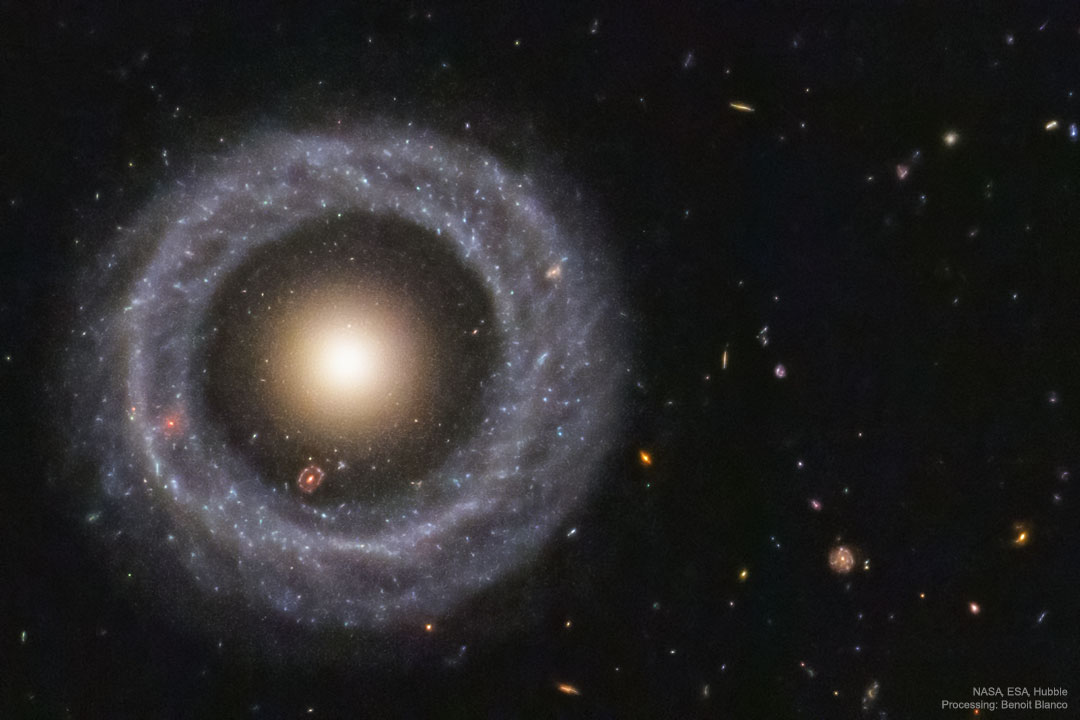
Hoags Object: A Nearly Perfect Ring Galaxy
Is this one galaxy or two? This question came to light in 1950 when astronomer Arthur Hoag chanced upon this unusual extragalactic object. On the outside is a ring dominated by bright blue stars, while near the center lies a ball of much redder stars that are likely much older. Between the two is a gap that appears almost completely dark. How Hoag's Object formed, including its nearly perfectly round ring of stars and gas, remains unknown. Genesis hypotheses include a galaxy collision billions of years ago and the gravitational effect of a central bar that has since vanished. The featured photo was taken by the Hubble Space Telescope and recently reprocessed using an artificially intelligent de-noising algorithm. Observations in radio waves indicate that Hoag's Object has not accreted a smaller galaxy in the past billion years. Hoag's Object spans about 100,000 light years and lies about 600 million light years away toward the constellation of the Snake (Serpens). Many galaxies far in the distance are visible toward the right, while coincidentally, visible in the gap at about seven o'clock, is another but more distant ring galaxy.
Related content
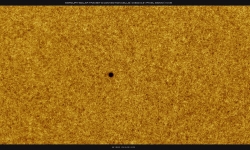
Mercury in Silhouette The small, dark, round spot in this solar close up is planet Mercury. In the high resolution telescopic image, a colorized stac...
1 week ago
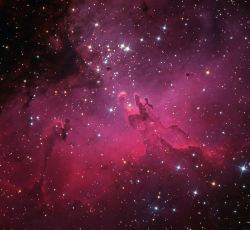
M16 and the Eagle Nebula A star cluster around 2 million years young surrounded by natal clouds of dust and glowing gas, M16 is also known as The Eag...
1 week ago
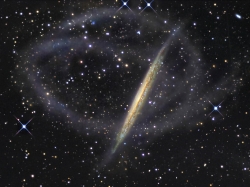
The Star Streams of NGC 5907 Grand tidal streams of stars seem to surround galaxy NGC 5907. The arcing structures form tenuous loops extending more t...
1 week ago
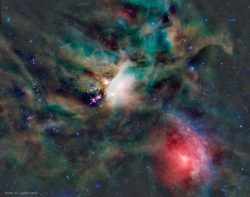
Young Stars in the Rho Ophiuchi Cloud How do stars form? To help find out, astronomers created this tantalizing false-color composition of dust clou...
1 week ago
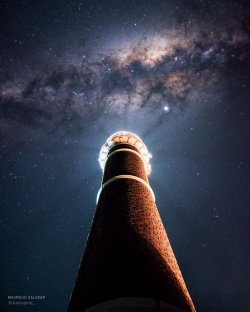
Milky Way over Uruguayan Lighthouse Can a lighthouse illuminate a galaxy? No, but in the featured image, gaps in light emanating from the Jose Ignac...
1 week ago